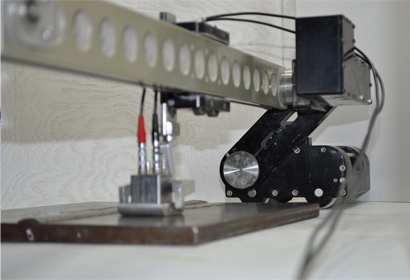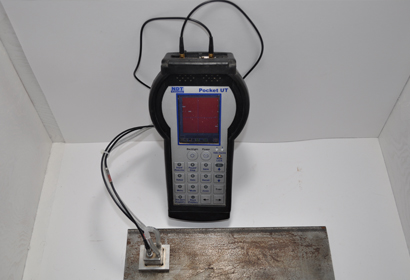Corrosion is an inevitable part of your equipment’s lifecycle, and regular inspections are the key to extending the component’s service life. Corrosion mapping is a fast and effective way to get an accurate picture of the extent of a vessel’s wear.
CIMAs automated ultrasonic straight beam corrosion mapping process uses a motor control unit and a magnetic robotic scanner. The scanner travels on an X-Y axis around the vessel, scanning an area of 18 to 48 inches. To ensure 100 percent scan coverage, CIMA matches up each scan’s area with a plan view of the test piece.
Corrosion mapping gives you the ability to look inside the vessel and detect damage prior to your shutdown. Having this information in advance allows you to plan ahead and potentially avoid shutting down the equipment altogether, extending runtime and avoiding costly downtime.
As part of a comprehensive corrosion inspection, CIMAs experienced technicians pay special attention to the areas where corrosion is most likely to occur. This includes areas experiencing:
- High-velocity product flows
- High pressure or temperature
- A concentration of electrolytes, such as water, air, salts and acids
- Flow shift; for example, elbows, T-joints, valves and downcomers


